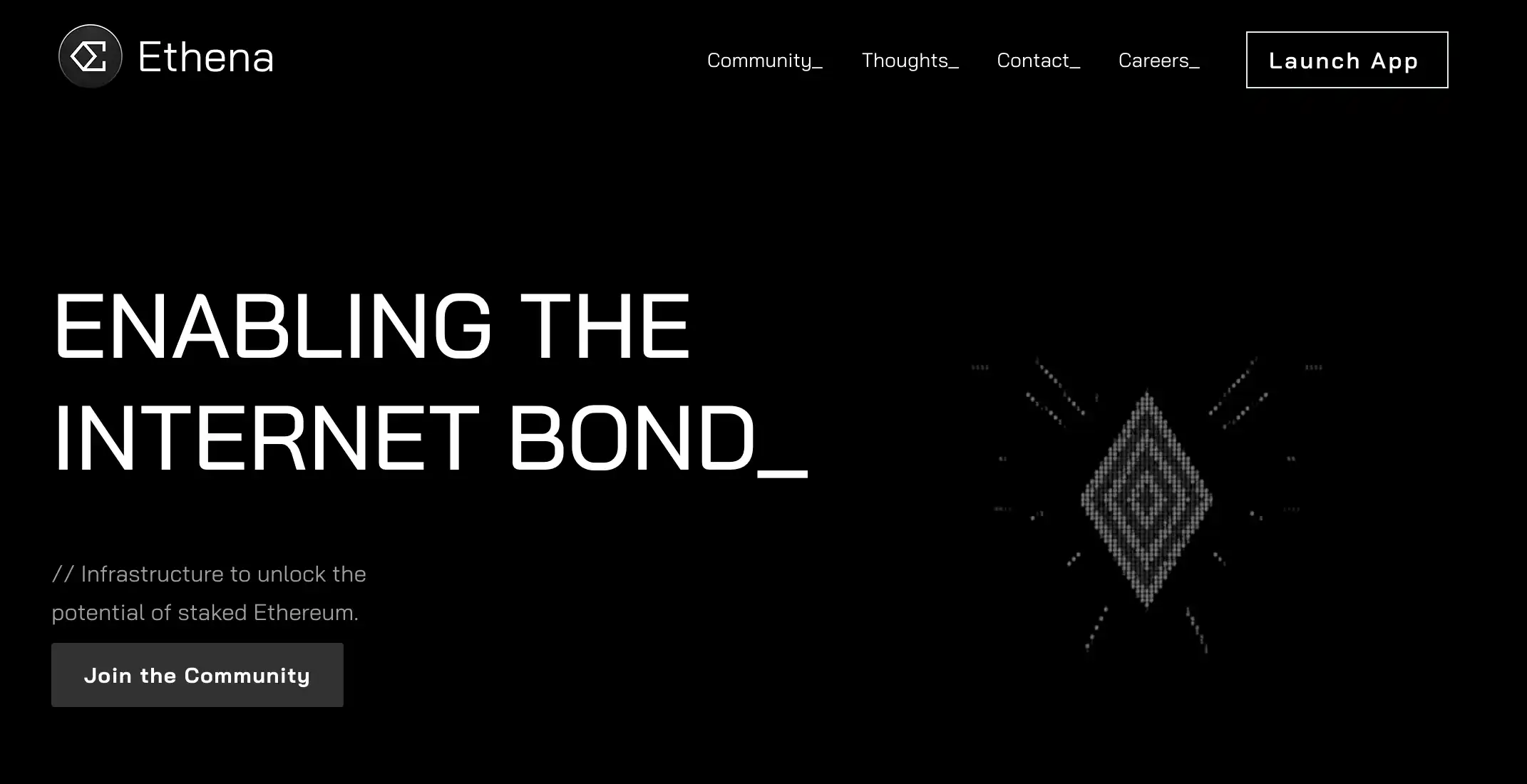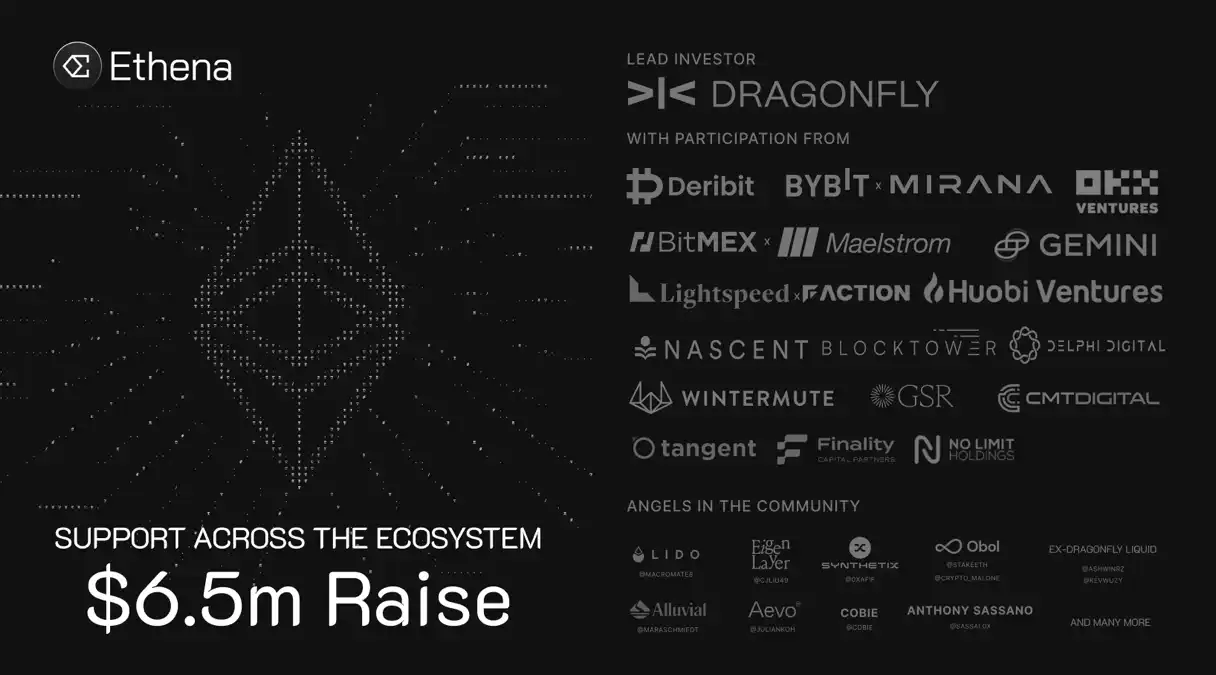Author: Leo
Earlier this year, Arthur Hayes published an article titled “The Shell on the Dust – Creating a Bitcoin-based Stablecoin”. The article roughly states that the current stablecoin systems in the cryptocurrency industry rely too heavily on banks and are not completely decentralized. The article also mentions a new type of BTC-based stablecoin, which truly achieves decentralization.
Cryptocurrency Stablecoins Bound by Banks
In the article, Arthur mentions a crucial issue. Stablecoins have always been the most important medium between the cryptocurrency world and the traditional world, but they also have many vulnerabilities and crises. First of all, cryptocurrency transactions cannot avoid fiat currencies, especially the US dollar. As the world’s most important reserve currency, the transactions between the US dollar and cryptocurrencies are very important. The industry needs a trading platform that can custody both cryptocurrencies and US dollars. However, the core of decentralized finance is financial operations that do not rely on the banking system. Therefore, most banks do not like to be involved with cryptocurrencies (of course, banks seeking high profits will engage in cryptocurrency businesses). In addition, a major obstacle is that the current Western banking system is not compatible with cryptocurrency businesses. Apart from that, crypto-friendly banks also need to make various preparations, such as audits, operations, and regulatory compliance, before they can start cryptocurrency businesses. However, as long as there is increased pressure from US regulatory agencies or the industry is filled with FUD, the liquidity of banks in cryptocurrencies can easily be shattered and disappear due to external factors. For example, the collapse of Silvergate.
Because the Western banking system cannot facilitate the rapid and cost-effective transfer of funds in the cryptocurrency industry, whether it is attempting to transfer funds between internal account holders or between external banks. Moreover, the banking industry is an oligopoly protected by government franchises, and banks will not make efforts to make such transactions faster or cheaper. However, the cryptocurrency industry definitely needs stablecoins. Traders need to trade assets between the US dollar and cryptocurrencies more quickly. Therefore, Arthur proposes an idea in the article: to create a token on the blockchain that can be easily transferred like Bitcoin but is anchored to the US dollar. In this way, they can easily move their funds in and out of the US dollar, with the same functionality as depositing and withdrawing US dollars, and the advantage is that they do not need the slow and cumbersome intermediary of the banking system.
- A Summary of the Eight Major Events at the Paris ETHCC Conference
- The Love-Hate Relationship Between Ether.fi and OpenSea Legal Risks Exposed by a Sudden Delisting Incident
- Blue-chip DeFi New Narrative Reviewing the Fundamental Data of Aave and Compound
Inspired by Arthur’s Article, Ethena Appears
Soon, Arthur’s idea of a Bitcoin-based stablecoin aroused the interest of others, such as Leptokurtic, the founder of Ethena. The founder of the project, Leptokurtic, wrote that he created Ethena inspired by Arthur’s article. Leptokurtic said, “I believe in the rationality and importance of this product. The most important tool in the cryptocurrency field still relies entirely on traditional banking infrastructure, which is also the most important unresolved issue in the cryptocurrency field. Someone always needs to step forward to solve it. We are working on creating a parallel financial system. If Ethena succeeds, it may become one of the more important infrastructures across DeFi and CeFi. US bonds have always been one of the globally significant financial reserve instruments. However, such asset categories do not exist in the cryptocurrency industry. Although the stablecoin market in the cryptocurrency industry is substantial, the market for globally accessible and permissionless US dollar-denominated reserve assets is even larger. Ethena’s vision is to create a US dollar stablecoin that does not rely on the fiat banking system for operation.”
A Better Alternative to BTC – stETH
Currently, the project’s documentation has not been released, and the website only has a simple interface. Next, let’s introduce the project. Previously, Arthur outlined the mechanism design of the new stablecoin:
- BTC stablecoins achieve stability through Delta neutral hedging
- Connected to centralized liquidity venues for scalability
- Centralized custody of trading platform assets
Ethena also agrees with this mechanism but has made two important changes to this idea:
- Initially replacing BTC with ETH and stETH
- Seeking a more decentralized and transparent custody solution
Currently, Ethena’s products are divided into three categories: USDe, Internet Bonds, and Repo Financing.
USDe
The first category of products is USDe, a stablecoin offered by Ethena for derivative infrastructure. It transforms ETH or its derivatives into a scalable, bank-independent, encrypted native yield stablecoin. USDe is fully collateralized on-chain and maintains stability through Delta neutral hedging with stETH on CEX and DEX. Additionally, tokens that generate yield, such as stETH, can also serve as hedging assets for USDe, providing an additional layer of stability.
Users can deposit USD, ETH, or stETH as collateral to create USDe. The collateral is allocated to secure, programmable, and transparent on-chain MPC custody contracts. On-chain collateral storage ensures custody without relying on centralized service providers, reducing counterparty risks. USDe generates yield based on stETH returns and perpetual funding rates for obtaining ETH. Unlike traditional stablecoins, the yield generated through ETH and its derivatives’ returns and futures premiums is entirely accumulated by the users.
Let’s briefly explain Delta neutral hedging. Delta neutral is a portfolio consisting of related financial products whose value is not significantly affected by slight price fluctuations in the underlying assets. This portfolio typically includes options and corresponding underlying assets, with delta hedging to offset each other, making the portfolio price less susceptible to changes in the underlying asset price. This is the key mechanism for maintaining stability.
Internet Bonds
The second category, Internet Bonds, is a globally accessible floating and fixed-rate USD-denominated bond. It is also based on USDe and converts the basic yield rate from stETH and the futures market into fixed income for bondholders. This will make the first globally accessible and permissionless cryptographic reserve tool possible. Users can use expiring futures or perpetual contracts to create various fixed-rate and floating-rate bond exposures, forming a cryptocurrency yield curve.
Repo Financing
Ethena also offers repurchase agreement (Repo) functionality, allowing users to provide liquidity and earn interest on Repo products. Additionally, it allows users to enhance yield and enable cross-DeFi composability on the stETH and USDe collateral markets.
Dragonfly Leads Investment, Supported by Many CEX
Recently, Ethena also announced its $6.5 million seed round financing, led by Dragonfly. In addition, it has received support from trading platforms such as Deribit, Bybit, OKX, Gemini, Huobi, as well as BitMEX founder Arthur Hayes and his family fund. Ethena is also the first derivative stablecoin project in the history of crypto to receive support from so many CEX.
Conclusion
Overall, Ethena has several highlights:
- Delta Neutral: 100% trustless crypto assets as collateral;
- Resistance to censorship: Not custodied by the banking system;
- Embedded yield: Earning from stETH and basis arbitrage;
- Scalability: No over-collateralization required.
The emergence of Ethena may bring about a new revolution in stablecoins. It does not hold auditable US Treasury bonds in bank accounts and has trustless crypto collateral outside of traditional finance. Ethena can not only provide scalable on-chain stablecoins but also transform ETH into globally accessible and permissionless Internet Bonds.
Ethena is a project originated from Arthur Hayes’ idea and led by Dragonfly, which deserves attention. Moreover, in terms of profitability, Ethena combines ETH staking yield with arbitrage yield, and the funding rate will be impressive. If a portion of its profits can be shared with USDe holders in the future, it will be highly welcomed by the crypto industry.
Like what you're reading? Subscribe to our top stories.
We will continue to update Gambling Chain; if you have any questions or suggestions, please contact us!


